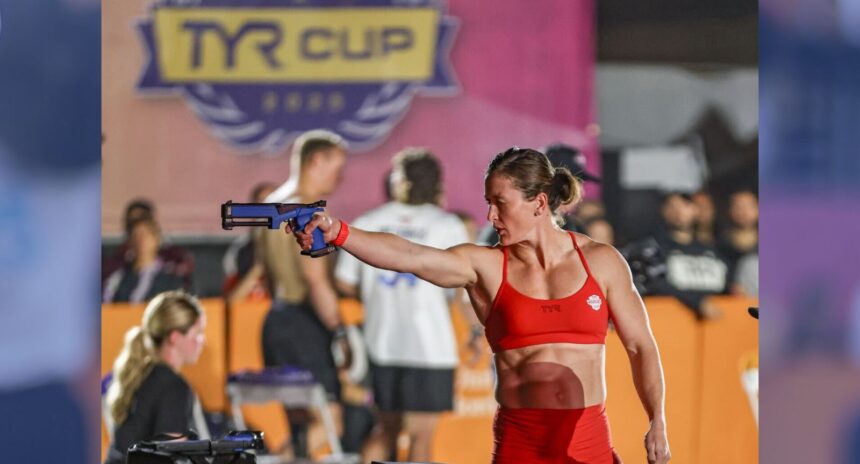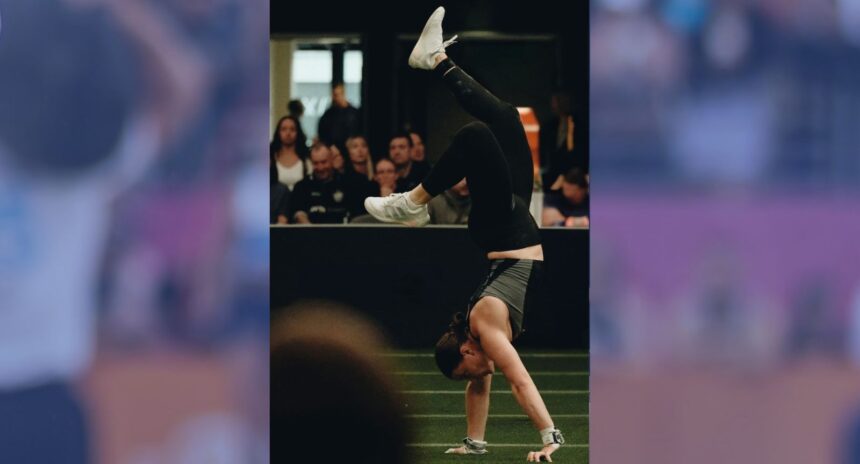How the 2021 Semifinal CrossFit Games Qualification Format Compares to Past Seasons

The new 2021 CrossFit Games season features a brand new, though strangely familiar, Semifinal stage.
This is the critical stage for the most elite athletes in the sport because 95% of the Games field this season will qualify directly from a Semifinal; while the remaining 5% of Games athletes also must do well at their Semifinal just to have an opportunity in the Last Chance Qualifier.
Here’s how the 40 individual spots at the Games will be awarded this year:
- 20 men and 20 women from North America (50% of the field)
- 10 men and 10 women from Europe (25% of the field)
- 3 men and 3 women from Oceania (7.5% of the field)
- 2 men and 2 women from Asia (5% of the field)
- 2 men and 2 women from South America (5% of the field)
- 1 man and 1 woman from Africa (2.5% of the field)
- 2 men and 2 women from the Last Chance Qualifier (5% of the field)
In a study of the previous three seasons we had to be somewhat clever (because each of those seasons is unique in its structure) to try and figure out if these numbers accurately represent the dispersion of elite level athletes in the sport.
For the 2020 season the best we could really do is use the 30 athletes who ultimately qualified for Stage 1 of the Games; here’s the breakdown:
- For the Men: 77% of the participants were from North America, 10% each were from Europe and Oceania, and 3%, or 1 man, from Asia (this was Roman Khrennikov who previously would have qualified in Europe, but with the new Continents layout will compete in Asia).
- For the Women: 43% of the field was from North America, 37% of the field from Europe, 17% from Oceania, and 3% from South America.
For the 2019 season we’re looking at the top 50 athletes from the Games field, those who survived both the First and Second Cut events that year:
- Men: 50% North America, 32% Europe, 6% Oceania, 6% South America, 4% Africa, 2% Asia
- Women: 42% North America, 44% Europe, 8% Oceanie, 4% South America, 2% Africa, 0% Asia
And lastly, for the 2018 season we looked at the top 40 athletes from the All Regional leaderboard that year:
- Men: 70% North America, 20% Europe, 7.5% Oceania, 2,5 % Asia, 0% South America, 0% Africa
- Women: 60% North America, 25% Europe, 15% Oceania, 0% for Asia, South America, and Africa
What does this mean?: Based on the data from the last three years an “ideal,” though not necessarily realistic, distribution of elite athletes would look slightly different than the model outlined for the men’s and women’s field by CrossFit.
For the men (assuming a minimum of one per continent): The data suggests that there should be 25 from North America, 9 from Europe, 3 from Oceania, and 1 each from the remaining three continents (Asia, South America, and Africa).
For the women (assuming a minimum of one per continent): The numbers suggest that in the women’s field we should have 18 from North America, 14 from Europe, 5 from Oceania, and once again, 1 each from Asia, South America, and Africa.
Remind me: It is not uncommon in CrossFit Games history to have one representative from a certain region of the world. It is also not uncommon for that one representative to do fairly poorly relative to the other competitors at the Games.
Why it matters: There is a delicate balance at play here. It is clearly important for the growth and progress of the sport to have representatives at the highest level from areas of the world in which both the sport, and the methodology, are growing. However, if the Games field is going to be a select group of 40 athletes, and one to six of those athletes obviously do not belong on the same field as the rest of them, it’s a bit of a strange look for the sport — especially if it returns to a more prominent broadcasting platform — in the eyes of people who are possibly seeing this for the first time.
One big thing: For better or worse, the structure of the Games season changes in some way every year. Until we see how this season unfolds, we won’t really know if this method for selecting the Games field works. At this point it seems like there’s a real possibility of some deserving athletes in densely competitive regions missing out on their chance at the expense of, not necessarily less-deserving, but rather less-qualified athletes from different parts of the world.

